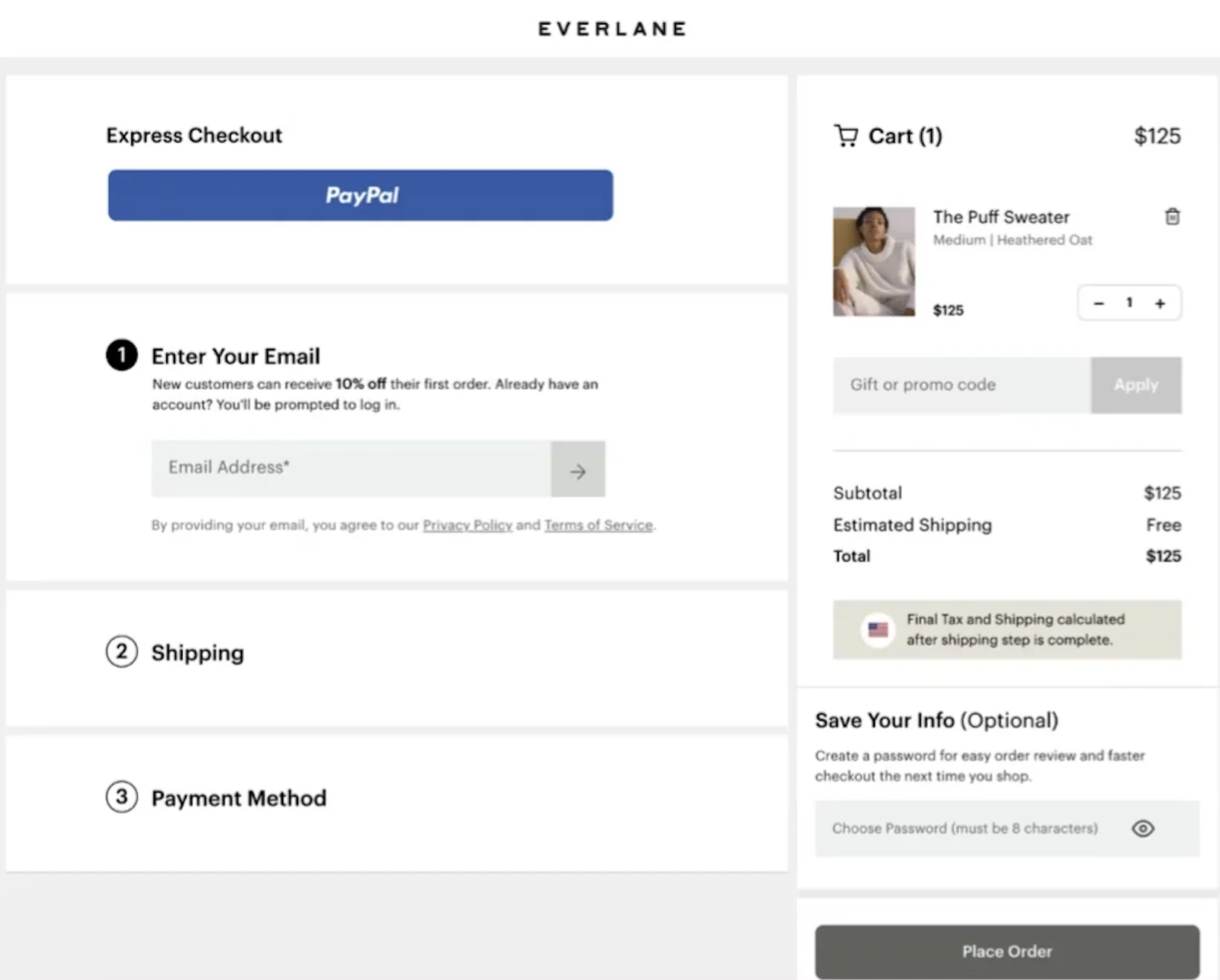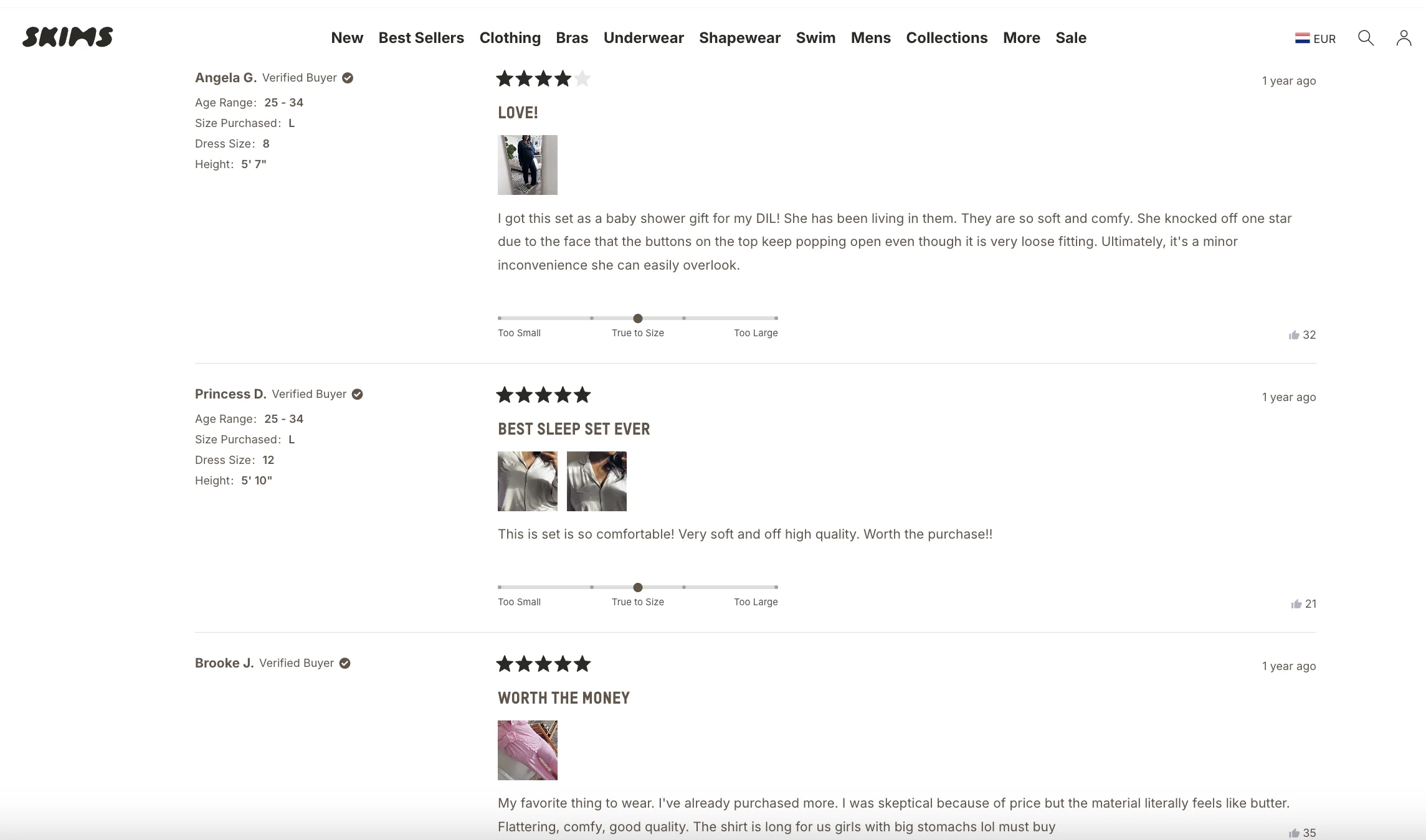eCommerce Marketing: All the Basics

eCommerce marketing is how an online store grows. It finds the right people, earns a click, makes the choice feel easy, then gives shoppers a reason to return. Search, social, email, and your site all pull together here.
Get the mix right and traffic turns into orders, then into loyalty. Get it wrong and you leak attention at every step.
This guide stays practical, what matters, what to skip, and how to use a few reliable tactics to lift sales without guesswork.
What is eCommerce Marketing?
Picture a shopper who spots your product on Instagram, looks it up on Google, skims a few photos, then finally clicks buy. eCommerce marketing is the plan that makes this moment more likely. It helps people find you, feel sure about their choice, and come back when they need you again.
It lives inside digital marketing, but stays close to the shopping journey. In practice, eCommerce and digital marketing work as one system. The goal is simple: be useful at every step, not loud.
In practice, you:
- Attract, show up where people already look, search, social, partners, marketplaces
- Convert, make product pages clear, fast, and reassuring with proof and simple checkout
- Retain, stay in touch with eCommerce email marketing, helpful content, and small loyalty perks
If the experience feels helpful rather than pushy, you are doing eCommerce and marketing right.
Techniques That Actually Lift Sales
You do not need tricks; you need habits that make buying feel easy. Start with these and build from there.
Personalization That Stays Simple
Show recently viewed items, suggest related products, and adjust offers by location or season. Light personalization raises click-through and average order value without heavy tooling.
Product Page and Checkout Fixes
Clarity beats clever. Use plain benefits, tight bullets, clear price, and strong photos or short clips. At checkout, reduce fields, offer guest checkout, and show the total cost early. Cart abandonment is a severe issue in the eCommerce marketing world, so every extra step is a leak you can plug.
Here is an example of neat and clear checkout form of an eCommerce site Everlane:

While it’s absolutely transparent and doesn’t require any excessive information, it also has a Pay Pal Express Checkout – super-convenient and mobile-friendly.
Email Automation That Runs in the Background
Ecommerce email marketing pays off when it is timely and useful. Set up four flows: welcome, abandoned cart, post-purchase care, and win back. Keep messages short, answer objections, and include one clear action. Tune timing and subject lines monthly.
Retargeting with intent
Most visitors browse first and buy later. Retarget with dynamic product ads so people see the exact items they viewed. Cap frequency, refresh creatives often, and exclude recent purchasers so it feels helpful, not pushy.
Offers and Pricing That Reduce Hesitation
Test free shipping thresholds, bundles that raise perceived value, and first-order incentives that do not hurt margin. Small changes here often move conversion more than another ad campaign.
Social Proof Where it Matters
Place ratings, reviews, and UGC next to price and add to cart, not hidden in a separate tab – these are your secret eCommerce marketing weapons. Borrow credibility from creators or customers who match your audience. This is content marketing for e Commerce at the point of decision.
Here is an example from Skims, the eCommerce brand specialized in women shape wear and clothes:

Mobile Experience First
A huge share of the e Commerce market is already on phones, and mobile commerce is expected to exceed 3.4 trillion dollars by 2027. Keep pages fast, buttons large enough to tap, and payment options like Apple Pay or Google Pay available. Fewer taps, fewer drop-offs.
Keep Channels Working Together
This is where digital marketing and e Commerce meet. Search and social bring intent and discovery, email closes gaps, and your site carries the load. When channels tell the same story, marketing strategies and e Commerce goals line up, and results compound.
eCommerce Marketing Metrics and Measurement
Good marketing reads the numbers, then acts. Pick a small set, review them often, and tie each one to a goal.
-
- Acquisition, CAC, and ROAS by channel, watch both level and trend
-
- On site, conversion rate, AOV, bounce on key pages, checkout completion
-
- Retention, repeat purchase rate, LTV, time to second order
-
- Email and cart, placed order rate from flows and campaigns, unsubscribe rate, cart recovery rate
-
- Category view, branded search growth, and e Commerce market share as directional signals
Match metrics to intent. If the goal is new customer growth, optimize first order conversion and CAC. If the goal is profitability, lift AOV and contribution margin, then raise the repeat purchase rate.
Run simple tests, one change at a time, use holdouts where you can, and compare modeled results with a clean last click view to sanity check.
Common eCommerce Marketing Challenges and Quick Fixes
Every store hits the same walls. The fix is rarely a hack; it is a small, steady change.
Crowded Market
It is hard to stand out when ten brands sell similar things and do the same eCommerce marketing as everyone else.
Fix: sharpen positioning, speak to a specific use case or audience, and show the after, how life is better once they buy. Use comparison pages and side-by-side photos to make the choice obvious.
Platform Shifts and Rising Costs
Search and social rules keep changing, and clicks get pricier.
Fix: diversify traffic and build owned audiences, email, and SMS. Keep one experiment running, a new creative angle, format, or offer, so you always have a fresh winner ready.
Attribution Noise
With many touchpoints, it is easy to overcredit the last click or a favorite channel.
Fix: set channel level goals, run holdout tests when possible, and review both modeled and simple last click views. Trust trends more than single-day spikes.
Cart Abandonment
People get spooked by surprise costs, long forms, or second thoughts. Rates often sit above 70 percent, so you are not alone.
Fix: show total cost early, allow guest checkout, offer fast wallets, and send timely reminders that answer objections, sizing, shipping time, or return policy.
Margin Pressure on Marketplaces
Marketplaces bring reach, but price competition is constant.
Fix: protect margin with bundles, limited editions, and add-ons that raise AOV. Keep your best content and perks on your site so shoppers have a reason to buy direct.
Content Strain
eCommerce marketing is about keeping content fresh across your site, social, and email can stretch a small team.
Fix: build a simple content system, one hero piece each month, then cut it into short clips, carousels, and email snippets. This is content marketing for eCommerce that scales without burnout.
Data Gaps Across eCommerce Marketing Tools
Different tools track differently, which muddies decisions.
Fix: define a single source of truth for revenue and orders, then use other tools for directional insights. Tie your goals in digital marketing and eCommerce back to that one source.
Conclusion
eCommerce marketing works best when you focus on a few things that compound. Show up where buyers already look, remove friction on key pages, and keep the relationship going after the first order. Tie each channel to a clear goal, review the numbers often, and adjust with small tests.
Keep adding useful touchpoints and keep promises on speed, price, and returns. Do that with consistency, and traffic turns into customers, then into regulars. If you want a final pass for flow and keyword placement, I can do that now.
Join our Telegram for more insights and share your ideas with fellow-affiliates!



